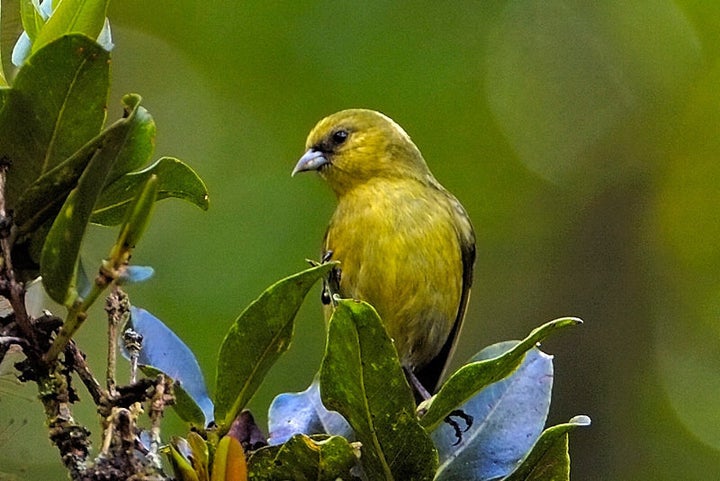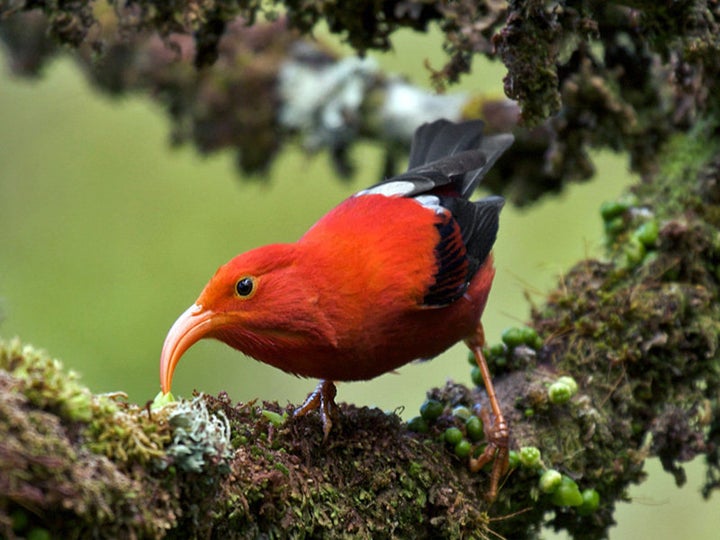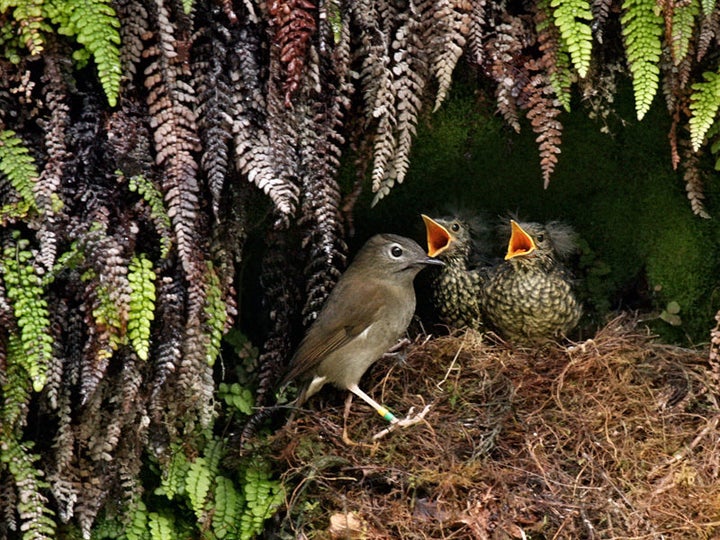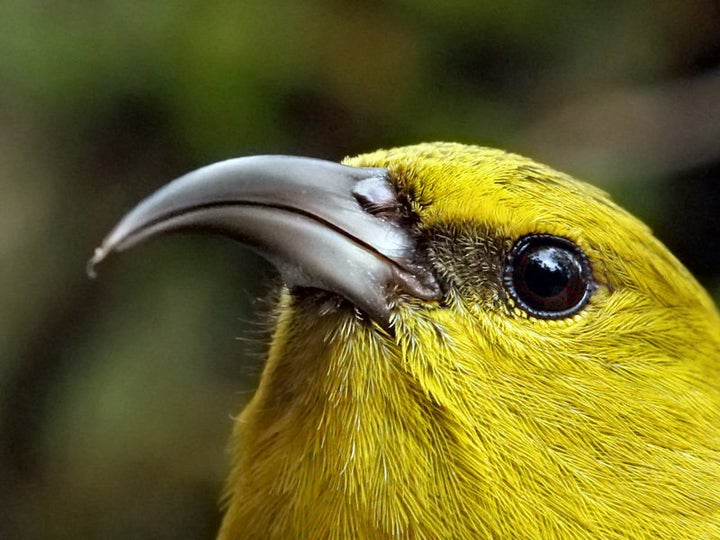Millions of years ago, songbirds somehow managed to make their way to Hawaii, eventually evolving into dozens of unique species perfectly adapted to their isolated tropical paradise.
But Hawaii has often been called the "extinction capital of the world," and a new study published Wednesday in the journal PLOS ONE is predicting even more trouble for some of the world's rarest birds.
Researchers at the U.S. Geological Survey found that without immediate and proactive conservation measures, climate change and disease could completely wipe out the 'Akeke'e and 'Akikiki, two species of honeycreepers, and the secretive Puaiohi, or Small Kauai Thrush.
All three are endangered -- each with a population of fewer than 1,000 -- and are found only in a 25-square-kilometer area of the Alakai Swamp on Kauai, the oldest of the main Hawaiian Islands.

This isn't exactly a new problem.
The arrival of Polynesians in A.D. 400, followed by westerners in 1778, caused destruction of native forest habitat and the introduction of alien species, including malaria-carrying mosquitos, feral ungulates and predators like rats and feral cats.
Since the arrival of humans to the islands, 71 of Hawaii's 113 endemic bird species have gone extinct, according to the American Bird Conservancy. Thirty-three of Hawaii's remaining 42 endemic birds are listed as endangered species.
On Kauai, seven of the island's original 13 forest birds have disappeared, including five since the 1960s.
But the U.S. Geological Survey found that if climate change and loss of habitat continues unchecked, 10 of the 20 remaining forest bird species in the state could lose more than 50 percent of their habitat by 2100. Furthermore, six are projected to lose more than 90 percent, while the three Kauai species -- 'Akeke'e, 'Akikiki and Puaiohe -- could lose everything.

Researchers used a species sightings database, regional climate projections and distribution models to reach their conclusions, but also noted that there is hope.
"As dire as these findings are, they do not mean that these bird species are doomed," lead author Dr. Lucas Fortini, a research ecologist with USGS, said in a press release. "Instead, our findings indicate what may happen if nothing is done to address the primary drivers of decline: disease spreading uphill into the few remaining refuges."
Conservation efforts, the study says, must include efforts to interrupt the cycle of malaria transmission and mortality. Such actions could include "vector control and genetic modification of both birds and mosquitos."
Dr. Lisa Crampton, project leader of the Kauai Forest Bird Recovery Project, told The Huffington Post that while climate change is a real threat to these species, she thinks the study may be "overly pessimistic."
"There's a lot more we can do about habitat than we can about disease," including trapping predators, which her group is already doing, she said.
As for disease, Crampton and her team have identified several populations of birds on Kauai that are developing resistance to avian diseases on their own.

In a statement Wednesday, Hawaii Department of Land and Natural Resources Chairwoman Suzanne Case said these birds are "integral to the overall health and well-being" of Hawaii's forests and represent the unique, interconnected and threatened nature of Hawaii’s lands.
"We can't afford the extinction of more species," she said.
The full study can be viewed here.

Also on HuffPost:

